1916: Mark I

The Mark I, introduced in 1916 during World War I, was the first-ever tank used in combat, marking a significant breakthrough in military technology. Designed by the British, the Mark I came in two versions: male and female. The male tanks were equipped with two 6-pounder naval guns and machine guns, providing substantial firepower to breach enemy lines.
In contrast, the female tanks carried only machine guns, intended for infantry support. Despite being slow and mechanically unreliable, the Mark I's ability to navigate difficult terrain and resist small arms fire set the foundation for future tank development.
1917: Renault FT

Introduced by the French in 1917, the Renault FT transformed tank design with its novel characteristics. Unlike its predecessors, the Renault FT was the first tank to incorporate a fully rotating turret, allowing for greater flexibility and improved targeting in combat.
This light tank was also characterized by its rear-mounted engine and front-mounted driver and gunner, creating a more balanced and effective design. The Renault FT's compact size and enhanced maneuverability made it highly effective in various terrains, setting a new standard for future tank designs and influencing armored vehicle development for decades to come.
1934: Panzer I
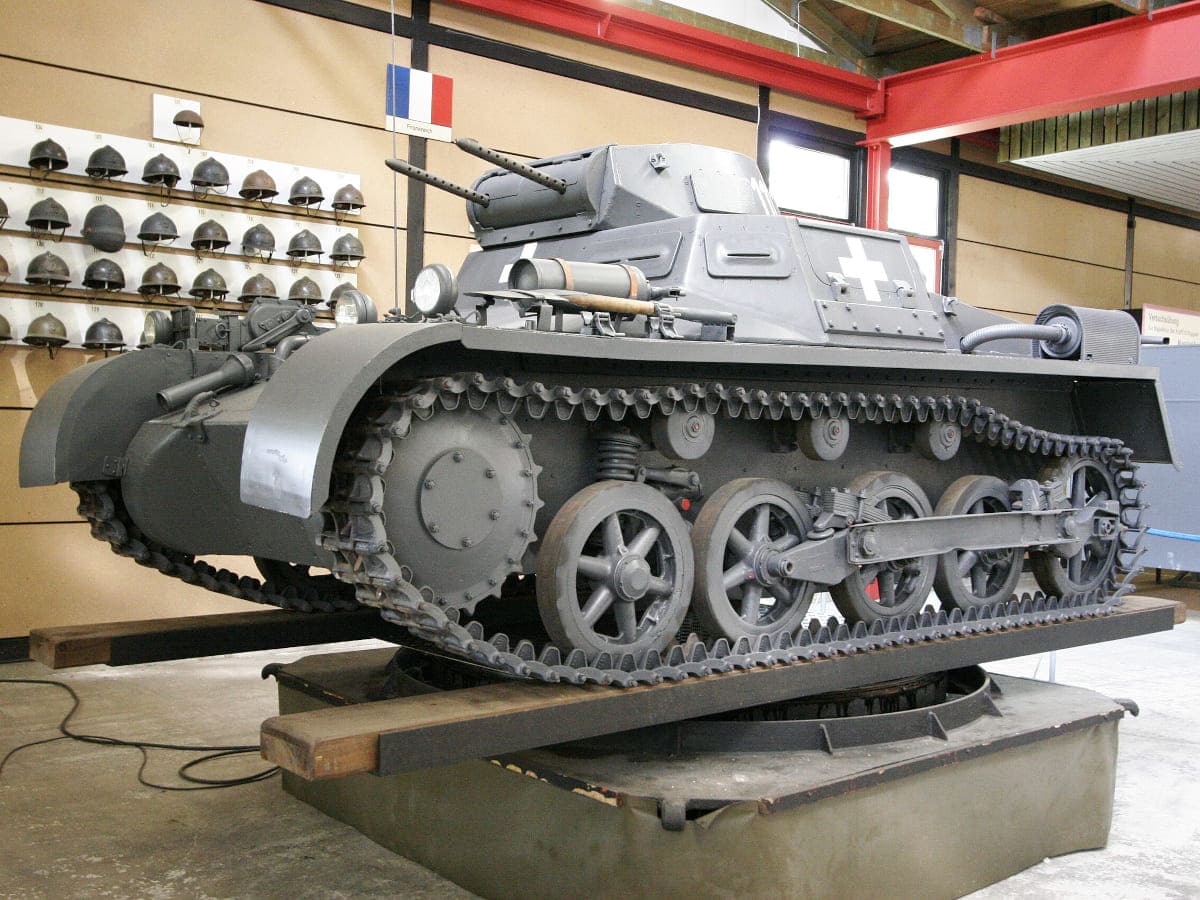
The Panzer I — cutest tank on earth — developed by Germany and introduced in 1934, was a pivotal light tank used during the early stages of World War II. Designed primarily for training and reconnaissance, the Panzer I was equipped with twin 7.92 mm MG13 machine guns, making it effective against infantry, but limited in armor-piercing capabilities.
Its relatively light armor and small size allowed for increased speed and maneuverability. While the Panzer I lacked the firepower of later German tanks, it played a crucial role in the early blitzkrieg tactics, providing valuable insights that would inform the development of more advanced armored vehicles.
1940: T-34

Introduced by the Soviet Union in 1940, this revolutionary medium tank the T-34 had a significant influence on World War II. Renowned for its combination of firepower, mobility, and armor, the T-34 was equipped with a powerful 76.2 mm gun, later upgraded to an 85 mm gun.
Its sloped armor design significantly increased protection against enemy fire, while its wide tracks allowed for superior mobility in various terrains, including the harsh Russian winters. The T-34's balance of offensive and defensive capabilities made it one of the most effective and influential tanks of the war, setting a benchmark for future tank designs.
1942: Sherman M4

The Sherman M4, introduced by the Allies in 1942, became one of the most iconic tanks of World War II. Known for its versatility and reliability, the Sherman M4 was equipped with a 75 mm main gun, later upgraded to a 76 mm gun in some variants, and a well-balanced combination of armor and mobility.
Its relatively high production numbers ensured that it was the backbone of Allied armored forces. The Sherman M4 was capable of operating in various combat environments, from the deserts of North Africa to the forests of Europe. Its adaptability, ease of maintenance, and mass production made it a crucial element in the Allied victory.
1942: Tiger I
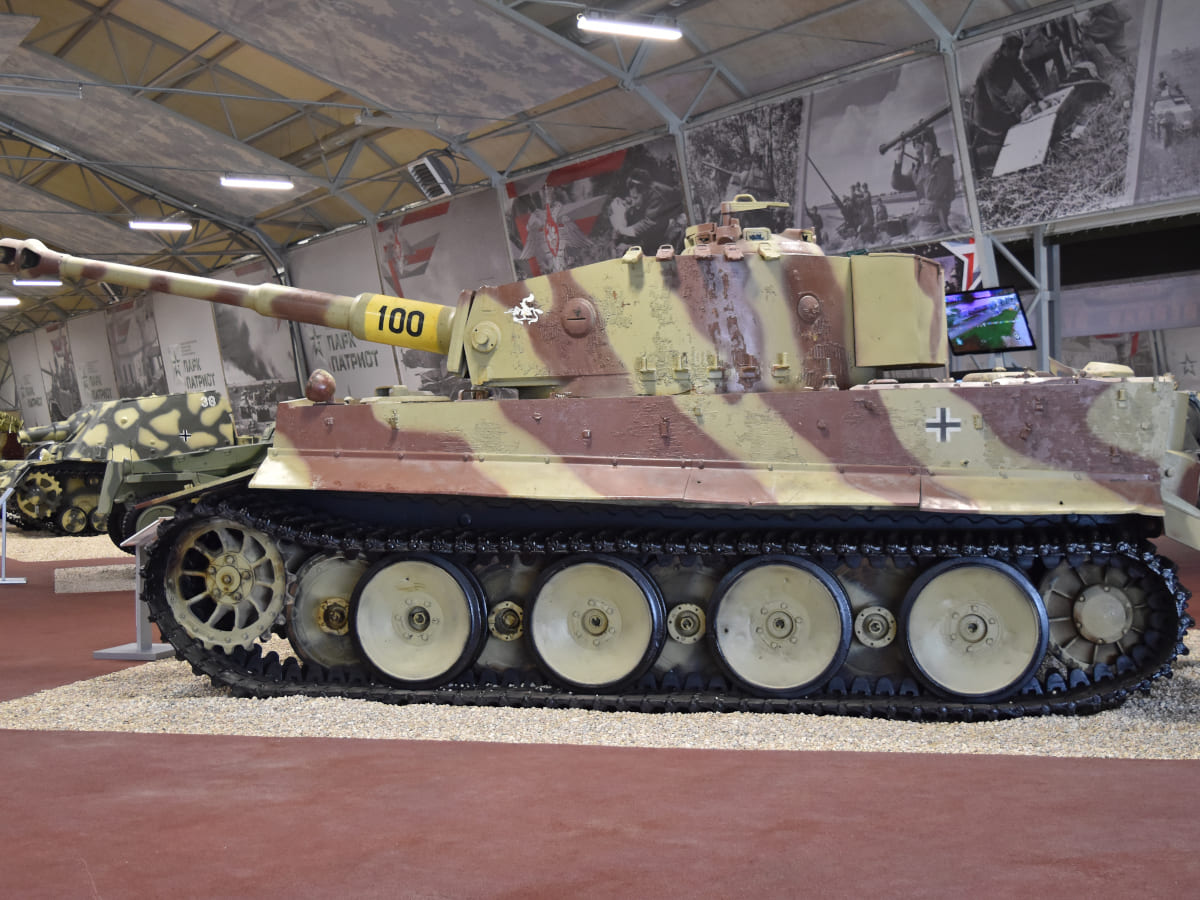
The Tiger I, introduced by Germany in 1942, was a formidable heavy tank that struck fear into Allied forces during World War II. Designed for breakthrough and offensive operations, the Tiger I was armed with an 88 mm KwK 36 L/56 gun, renowned for its accuracy and firepower capable of penetrating Allied armor at long ranges.
It featured thick armor plating, providing superior protection compared to its contemporaries, although this also contributed to its significant weight and slower speed. Despite production challenges, the Tiger I's combat effectiveness and psychological impact on the battlefield solidified its reputation as one of the most feared tanks of the war.
1945: Centurion

Introduced by Britain in 1945, the Centurion proved to be a somewhat popular post-war main battle tank. Designed to incorporate the lessons learned from World War II, the Centurion featured a powerful 20-pounder (84 mm) main gun, later upgraded to even larger calibers. It boasted well-sloped armor for enhanced protection and advanced suspension systems for improved cross-country performance.
The Centurion's versatility and adaptability allowed it to serve in various roles, including as a main battle tank, artillery observation vehicle, and engineering vehicle. Its service spanned several decades, demonstrating its longevity and effectiveness in modern armored warfare.
1952: M48 Patton
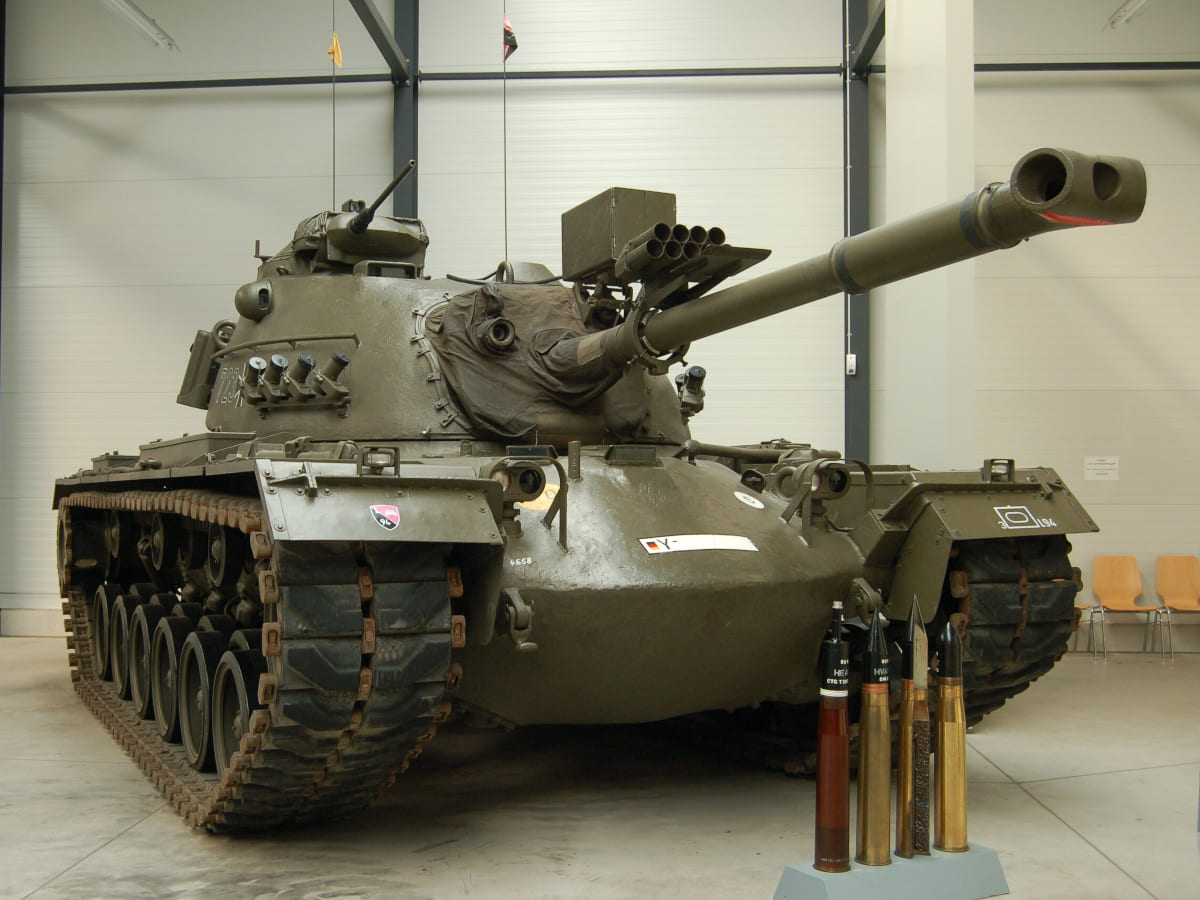
The M48 Patton, introduced by the United States in 1952, was a pivotal American tank during the Cold War and Vietnam War eras. Named after General George S. Patton, it replaced the M47 Patton and featured significant upgrades in firepower and mobility.
Armed with a 90 mm main gun, later upgraded to a 105 mm gun in later variants, the M48 Patton combined robust armor protection with improved cross-country mobility. It played a crucial role as the backbone of U.S. armored divisions during the Vietnam War, demonstrating its versatility in jungle terrain and urban combat environments.
1965: Leopard 1
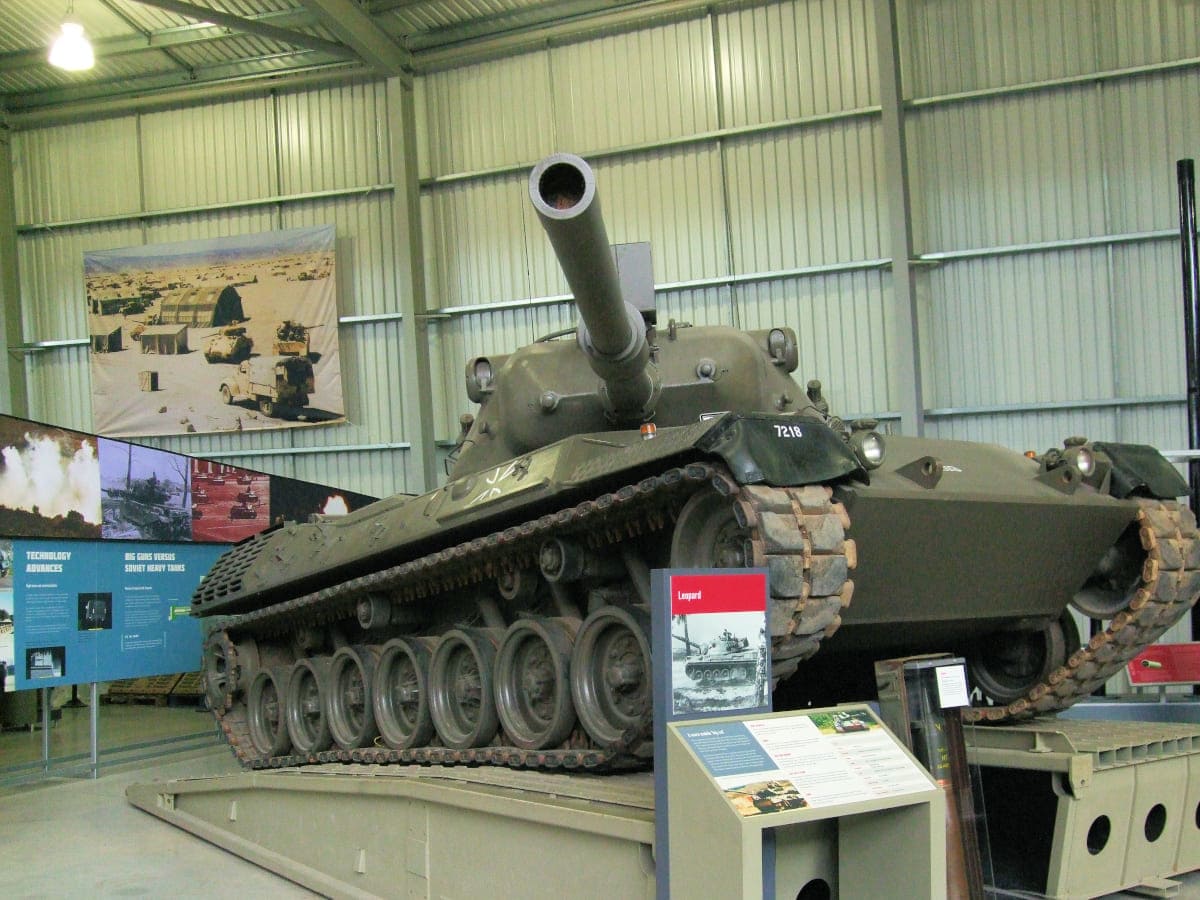
In 1965, West Germany unveiled the Leopard 1, a tank that embodied a quantum leap in technology and design during the Cold War era. Designed for mobility, firepower, and reliability, the Leopard 1 featured a 105 mm rifled gun, advanced fire control systems, and a powerful engine that provided excellent cross-country performance.
Its welded steel armor offered effective protection while keeping weight manageable, enhancing both agility and survivability on the battlefield. The Leopard 1 became a cornerstone of NATO forces, showcasing West Germany's engineering prowess and establishing a reputation for reliability and effectiveness in various international conflicts and peacekeeping missions.
1969: T-72

The Soviet Union introduced the T-72 tank in 1969 as part of the Cold War era, and it quickly became one of the most exported tanks in history. Renowned for its affordability, firepower, and ruggedness, the T-72 featured a 125 mm smoothbore gun and composite armor, providing improved protection against modern anti-tank weapons.
Its compact size and powerful engine facilitated rapid maneuverability across different terrains, making it highly effective in both defensive and offensive roles. The T-72's deployment in numerous conflicts around the world solidified its reputation as a reliable and versatile main battle tank, influencing subsequent tank designs globally.
1983: Challenger 1

The Challenger 1, introduced by Britain in 1983 and prominently featured during the Gulf War, represented a significant advancement in armored warfare technology. Armed with a 120 mm rifled gun and equipped with Chobham armor, the Challenger 1 offered superior firepower and protection compared to its predecessors.
Its powerful V12 diesel engine provided excellent mobility and reliability in desert conditions, crucial during operations in the Gulf War. The Challenger 1's performance in combat solidified its reputation as one of the most capable and effective main battle tanks of its era, setting new standards for armored warfare capabilities.
1979: Leopard 2
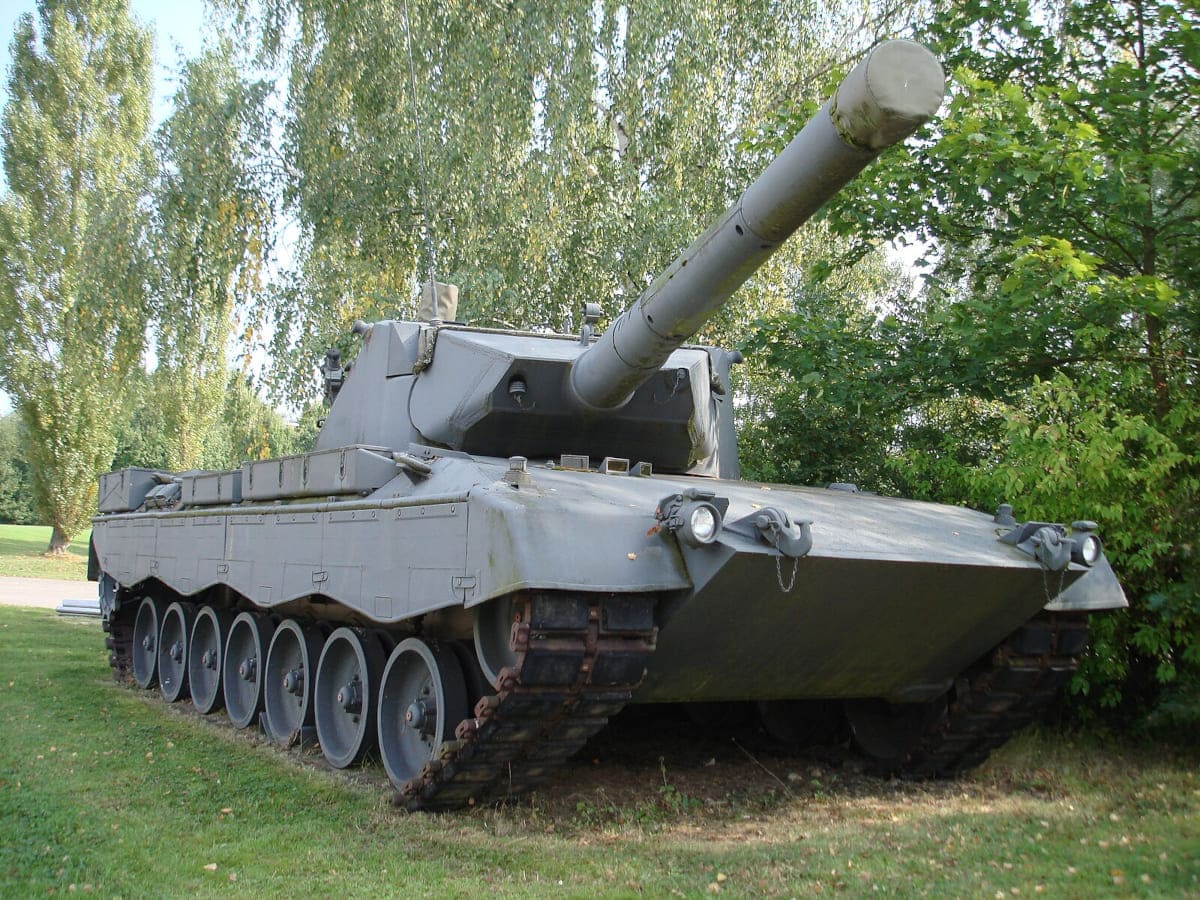
In 1979, Germany unveiled the Leopard 2, a tank that would go on to become the technological and aesthetic gold standard. Building upon the success of its predecessor, the Leopard 1, the Leopard 2 is equipped with a powerful 120 mm smoothbore gun, advanced fire control systems, and highly effective composite armor, providing unmatched firepower and protection.
Its gas turbine engine ensured exceptional mobility and reliability on diverse terrains, enhancing operational flexibility in various combat scenarios. The Leopard 2 was continuously upgraded with state-of-the-art technologies, making it a formidable main battle tank deployed by numerous NATO and allied forces worldwide. Its combat prowess and technological innovations have set benchmarks in armored warfare capability.
1980: M1 Abrams
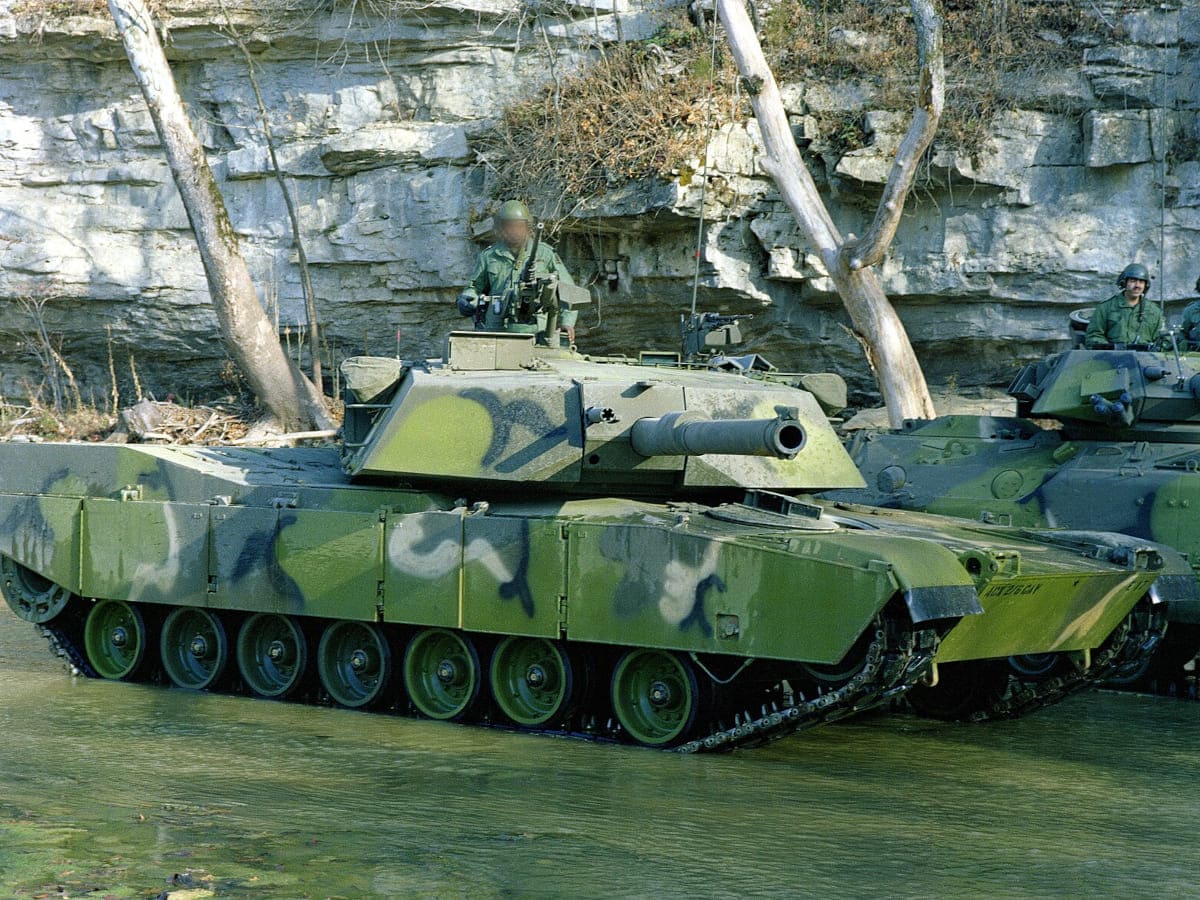
Among the most recognizable and cutting-edge main battle tanks in the world, the M1 Abrams was introduced by the US in 1980. Named after General Creighton Abrams, it features a formidable 120 mm smoothbore gun, advanced composite armor, and a gas turbine engine that provides exceptional speed and maneuverability.
The M1 Abrams was designed with a focus on crew survivability, mobility, and firepower, making it a dominant force on the modern battlefield. Its continued improvement with cutting-edge electronics, targeting systems, and armour guaranteed its usefulness and efficacy in modern armored combat situations.
2004: Merkava IV
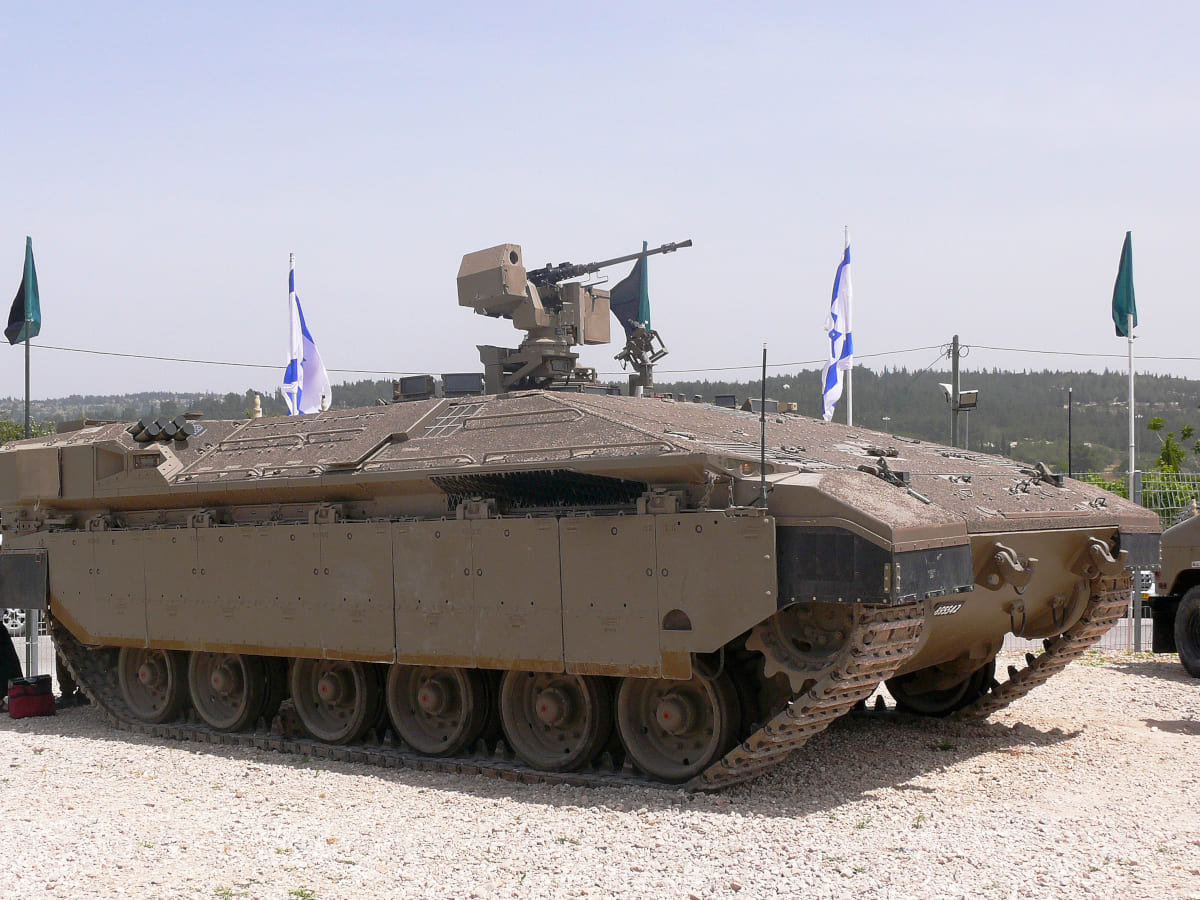
The Merkava IV, introduced by Israel in 2004, is designed specifically for urban warfare and asymmetric combat scenarios. One feature that sets the Merkava IV apart from other main battle tanks is its rear-engine configuration, which places the engine behind the crew compartment. This architecture is designed to protect the crew and increase their survivability by creating a physical barrier between them and the engine.
It's armed with a 120 mm smoothbore gun and features advanced modular armor that can be adapted based on mission requirements. The Merkava IV also incorporates advanced technology for situational awareness and communication, making it highly effective in urban environments where close-quarters combat and unconventional threats are prevalent. Its versatility and robust design underscore its reputation as one of the most advanced and adaptable tanks in service today.
2015: T-14 Armata
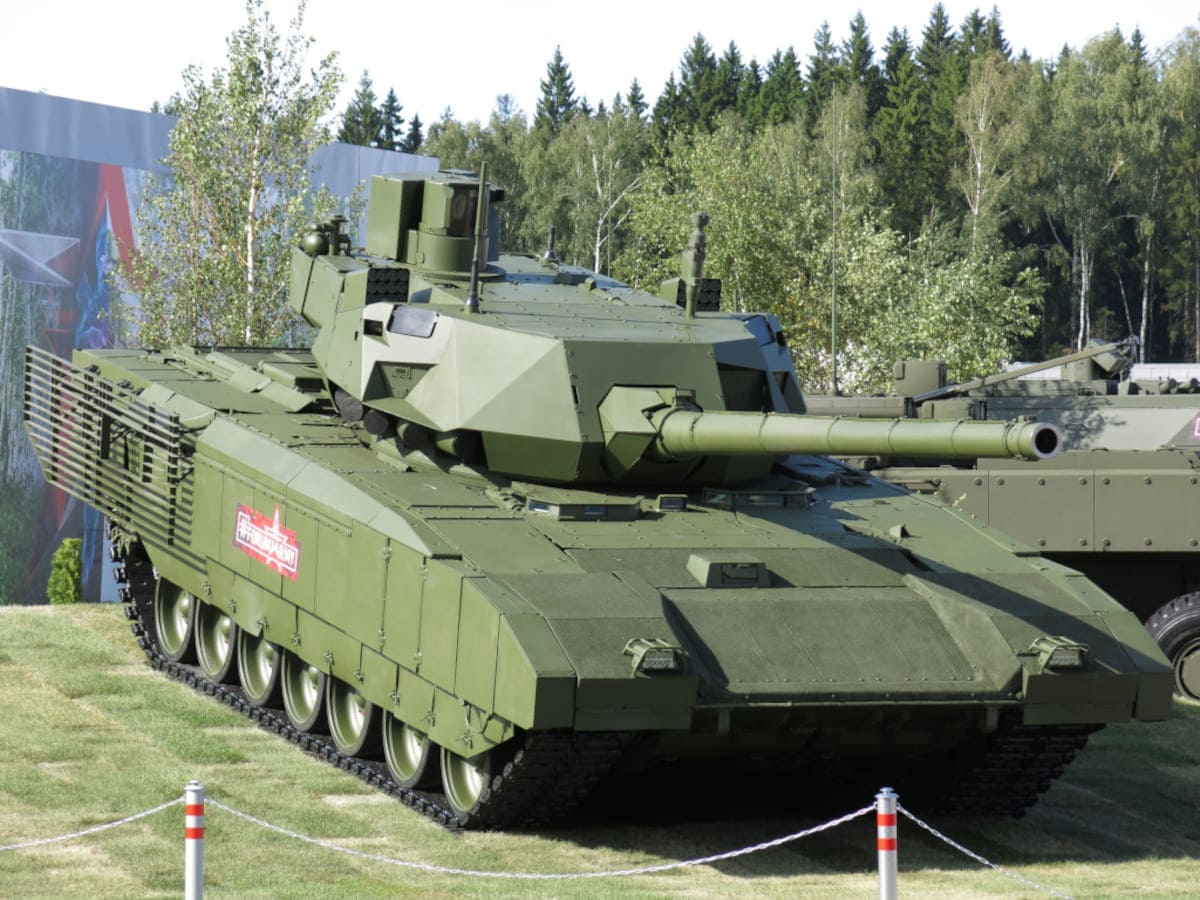
With its autonomous turret and cutting-edge technology, Russia's T-14 Armata tank, which debuted in 2015, is a paradigm shift in tank design. This next-generation main battle tank is equipped with a 125 mm smoothbore gun, capable of firing a wide range of ammunition types. The unmanned turret reduces crew vulnerability by housing crew members in an armored capsule within the hull, enhancing crew survivability.
The Armata platform also integrates sophisticated sensors, active protection systems, and digital networking capabilities, offering superior battlefield awareness and combat effectiveness. The T-14 Armata sets new standards for armored warfare, showcasing Russia's commitment to advancing military technology and operational capabilities.
 Author
Jennifer Freehill
Last Updated: December 30, 2025
Author
Jennifer Freehill
Last Updated: December 30, 2025